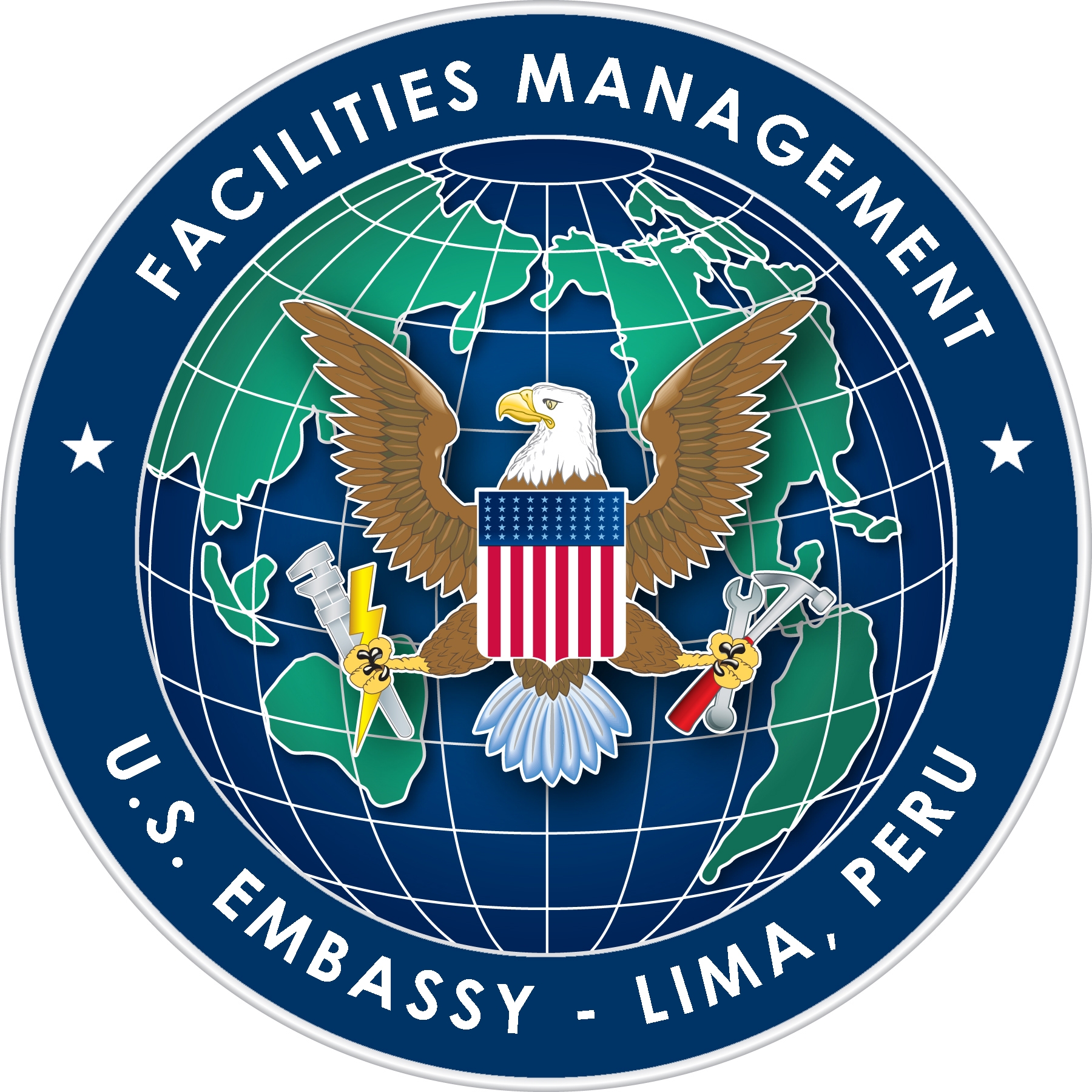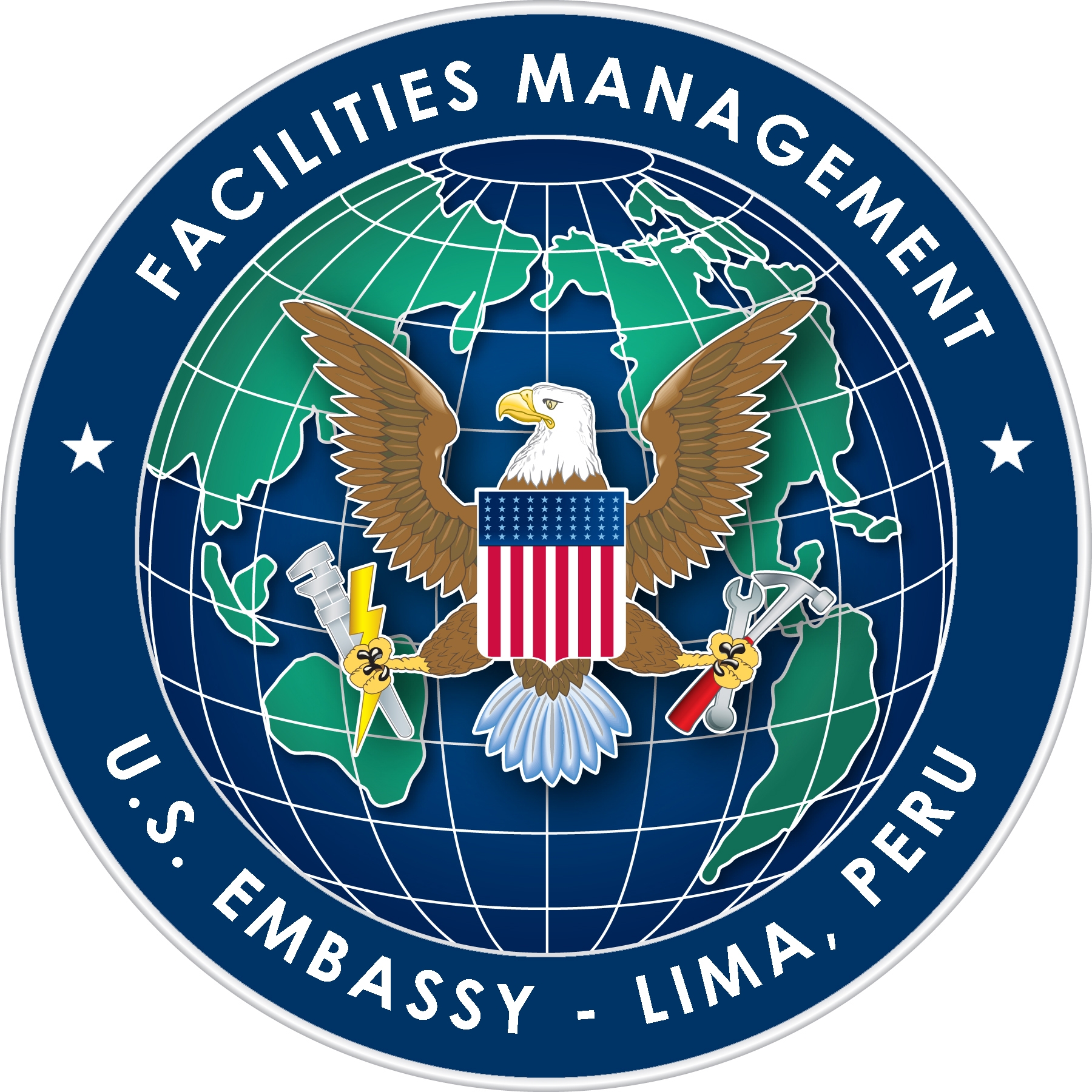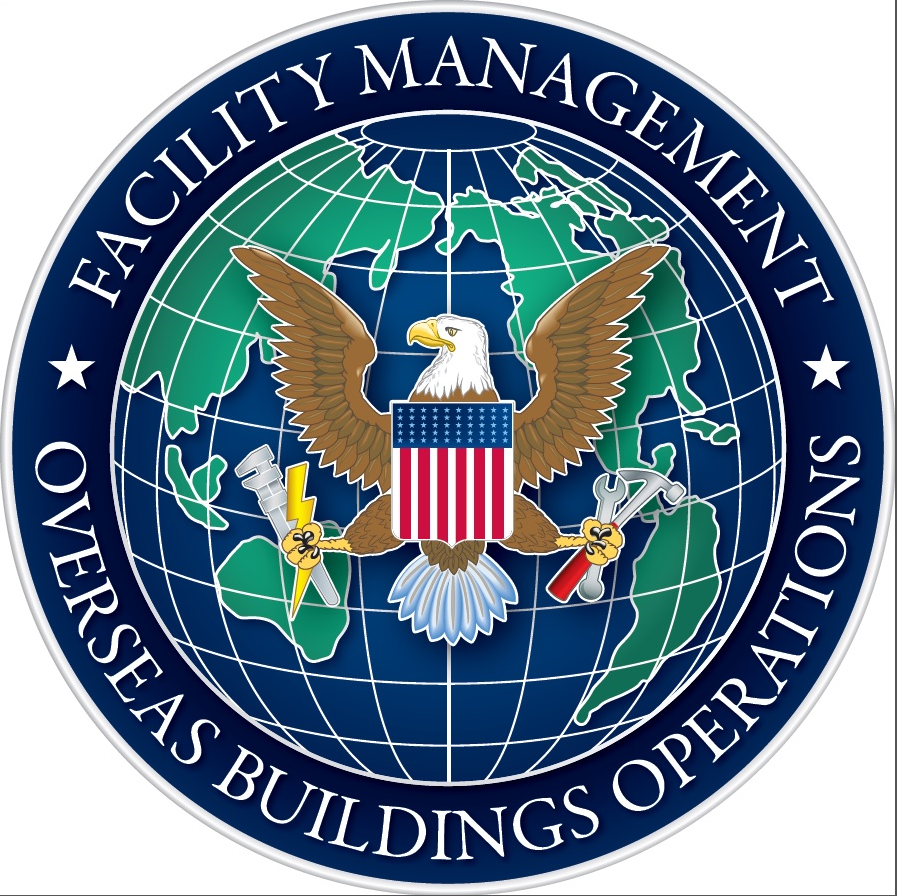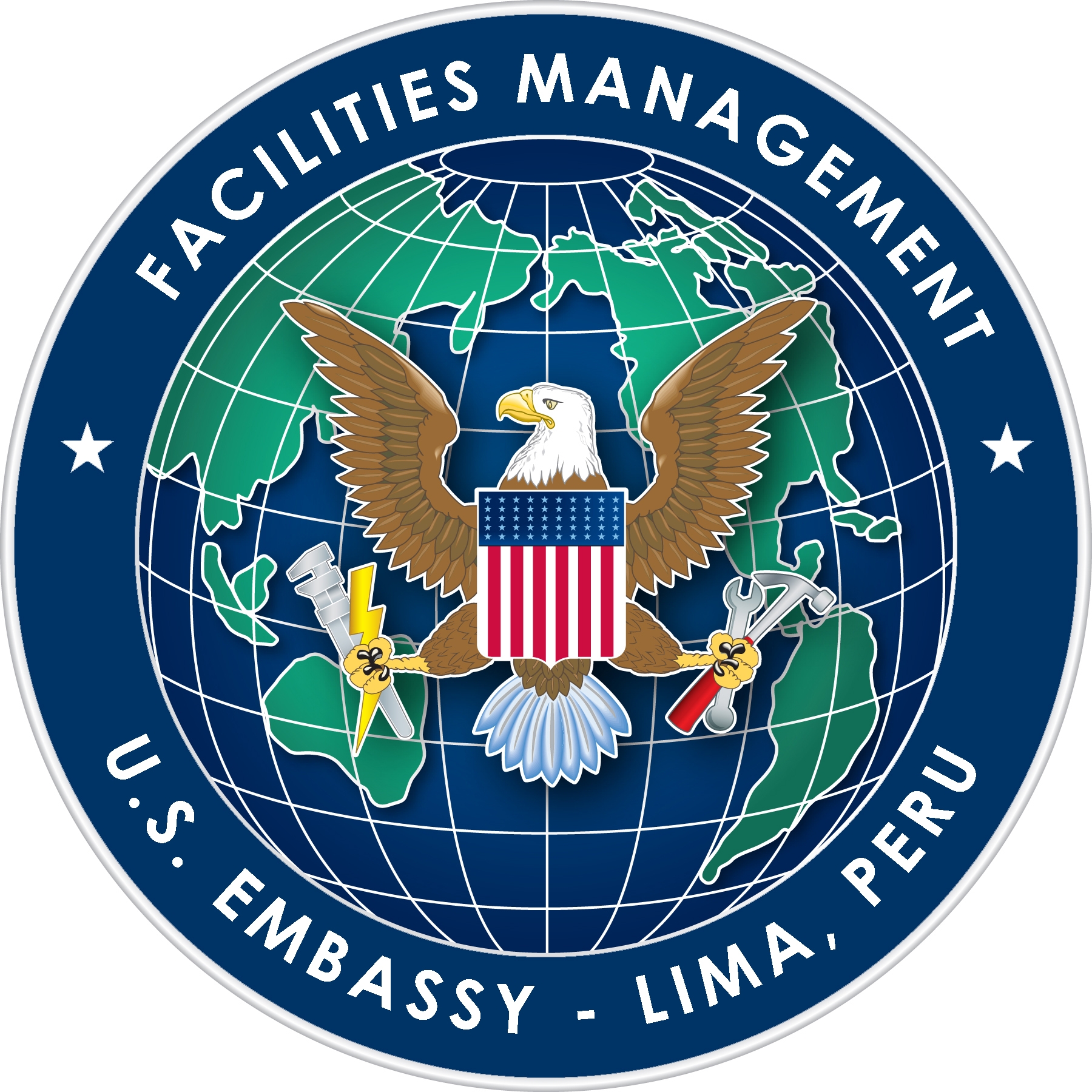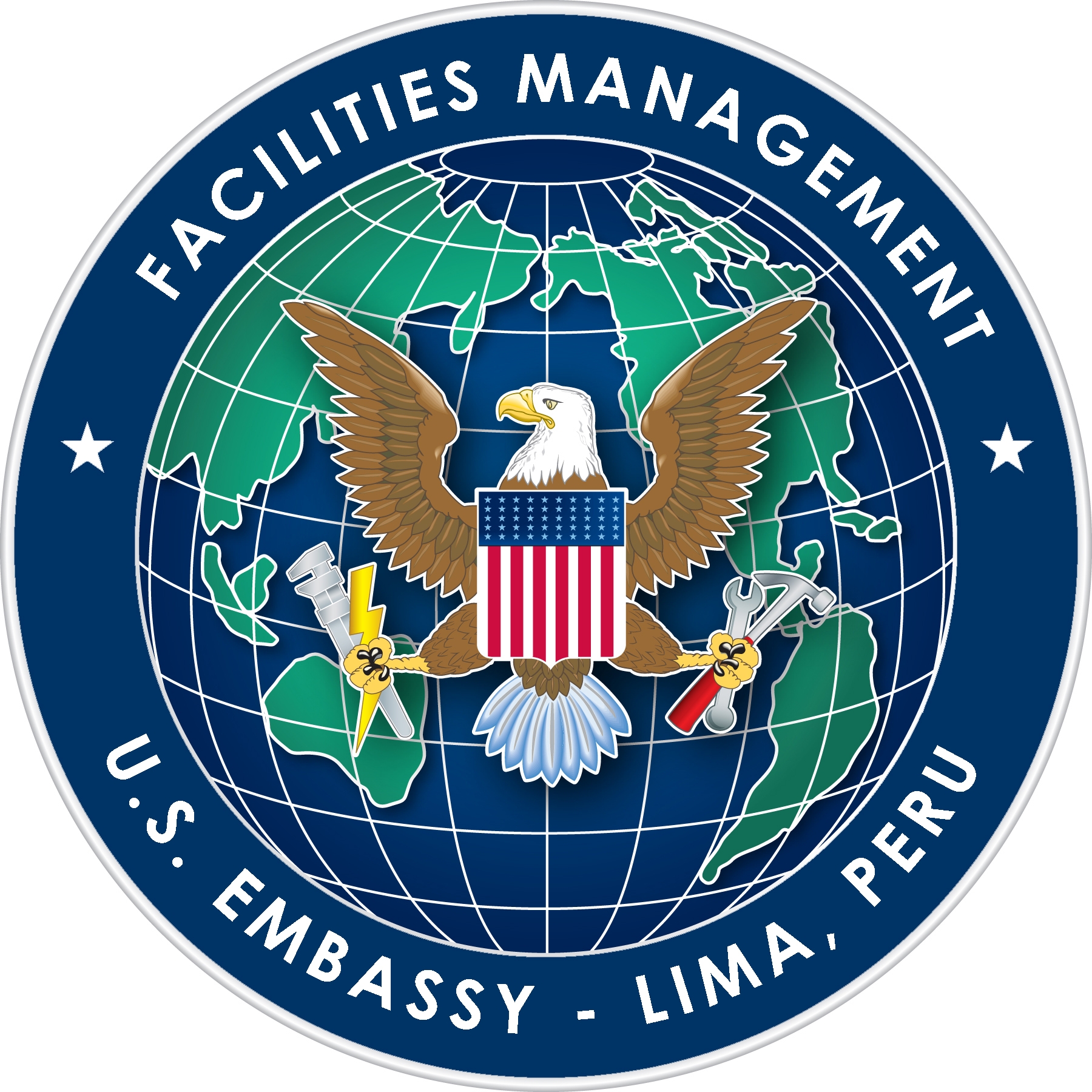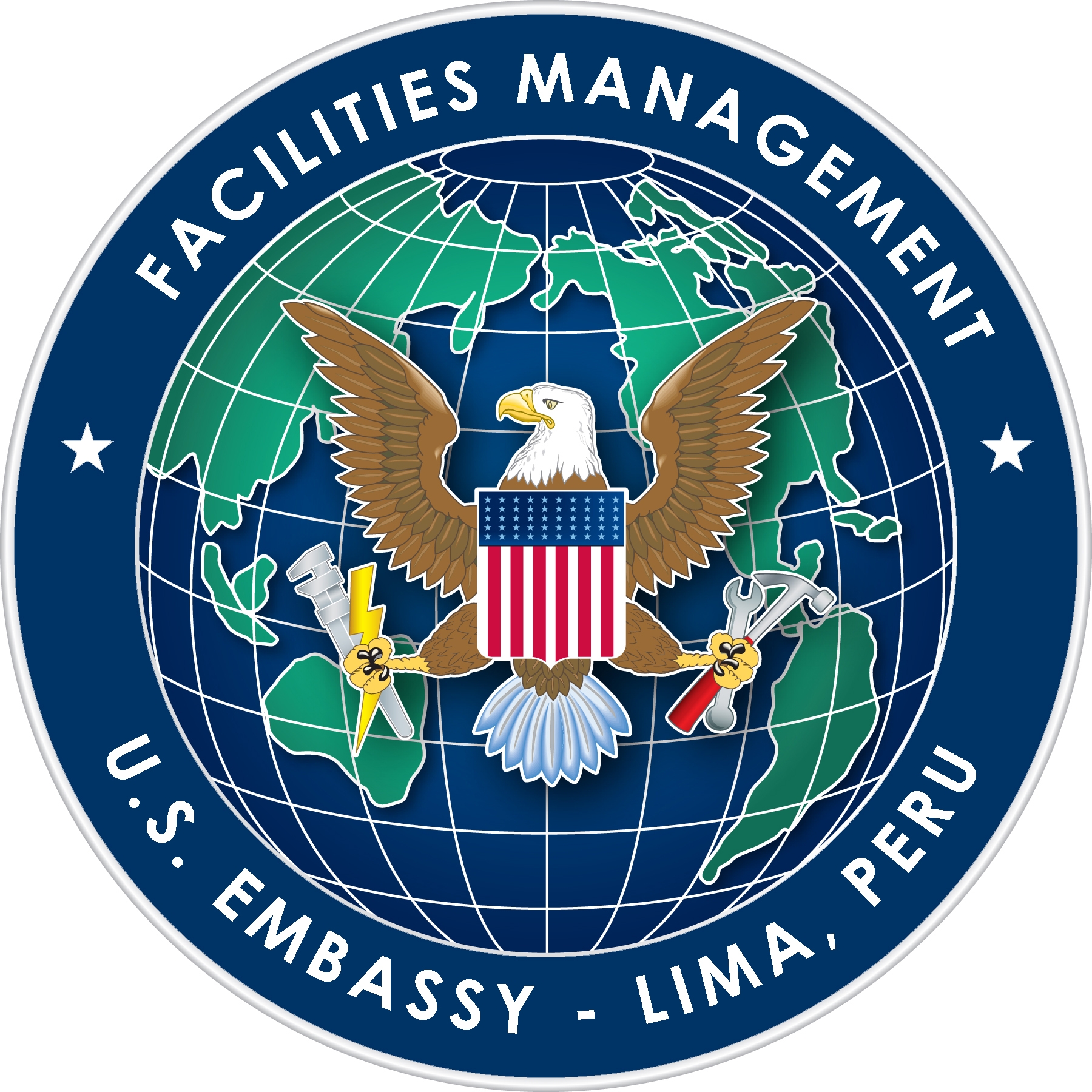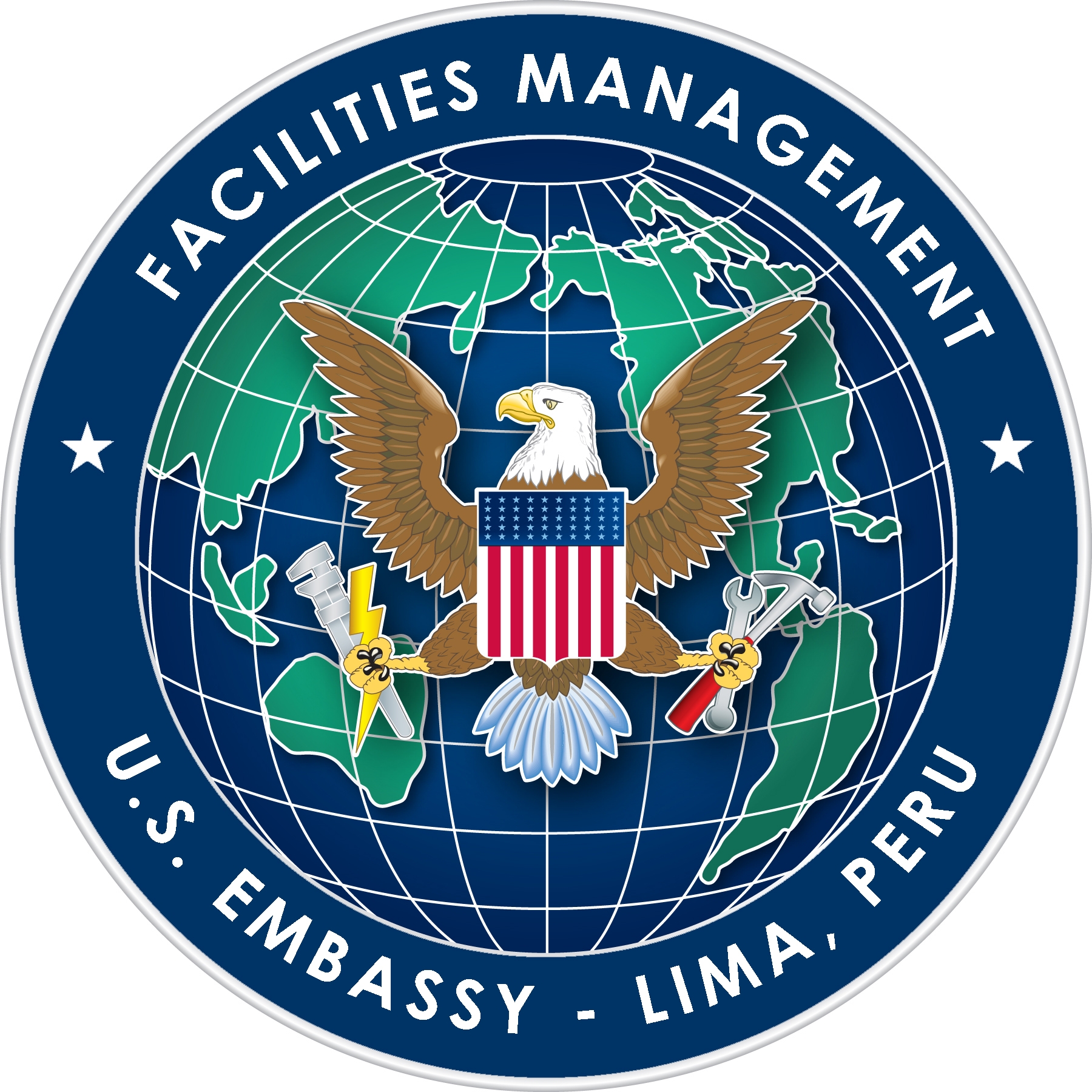Title Page
-
TECHNICIANS INFORMATION
- Cusi, Geronimo
- Saenz, Carlos
- Hernandez, Manuel
- Herrera, Ruben
- Huapaya, Jose
- Mendoza, Julio
- Misaico, Raul
- Raymundo, Roy
- Rojas, Jesus
- Torres, Jesus
- Ronald Gómez
- Eduardo Miguel
- Christiam Cajusol
- Lucio Malpartida
-
Select date
-
FIRE PUMP
Manufacturer: Clarke - Detroit Diesel
Model: DDFP-03DN-5030F
Serial: 3D-212018
GMMS Asset: 695
In service: 1995
FIRE PUMP CONTROLLER
Manufacturer: Firetrol
Model: FTA1100-JL12N
Serial: 938867-02RE
GMMS Asset: 3307
In service: 2013
Fire Pump Inspection According NFPA 25 Chapter 8
-
Attach photo of the Fire Pump.
-
Weekly Inspection
Questions
-
INSPECTION START HRS
Pump House Condition as follows:
-
1. Heat is adequate, not less than 40°F (4°C) for pump room with diesel engine-driven pump with engine heaters. Reference 8.2.2 (1)
-
2. Heat is adequate, not less than 70°F (21°C) for pump room with diesel engine-driven pump with engine heaters. Reference 8.2.2 (1)
-
3. Ventilating louvers are free to operate. Reference 8.2.2 (1)
Diesel Engine System
-
1. Fuel tank is at least two-thirds full. Reference 8.2.2 (4) Record level
-
2. Tank float switch. Table 8.1.2
-
3. Solenoid valve operation. Table 8.1.2
-
4. System free of water. Table 8.1.2
-
5. Flexible hoses and connectors. Table 8.1.2
Lubrication System
-
1. Oil level good in vertical motor sight glass is within acceptable range. Reference 8.2.2 (4)
-
2. Lube oil heater. Table 8.1.2
Cooling System
-
1. Cooling water level is within acceptable range. Reference 8.2.2 (4)
-
2. Adequate cooling water to heat exchanger. Table 8.1.2
-
3. Water pump in good condition. Table 8.1.2
-
4. Condition of flexible hoses and connections. Table 8.1.2
-
5. Water-Jacket heater is operating. Reference 8.2.2 (4)
Exhaust System
-
1. Free of leakage. Table 8.1.2
-
2. Drain condensate trap. Table 8.1.2
Battery System
-
1. Electrolyte level in batteries is within acceptable range. Reference 8.2.2 (4)
-
Measure reading at battery
-
2. Cranking voltage exceeds 9 volts on a 12 volt system Table 8.1.2
Electrical System
-
1. Controller pilot light ( power on ) is illuminated. Reference 8.2.2 (3)
-
2. Transfer switch normal pilot light is illuminated. Reference 8.2.2 (3)
-
3. isolating switch is closed - standby (emergency) source. Reference 8.2.2 (3)
-
4. Reverse phase alarm pilot light is off, or normal phase rotation pilot light is on. Reference 8.2.2 (3)
-
5. Power to pressure maintenance (jockey) pump is provided. Reference 8.2.2 (3)
Testing the Fire Pump. No- Flow condition. A test of fire pump assemblies shall be conducted without flowing water. 8.3.2.1
-
1. The diesel pump shall run a minimum of 30 minutes. Reference 8.3.2.4
-
Odometer reading
-
3. Record the system suction and discharge pressure gauge readings. Reference 8.3.2.8
-
4. Inspect the pump packing glands for slight discharge. Adjust gland nuts if necessary. Reference 8.3.2.9*
-
5. Check the circulation relief valve for operation to discharge water. Reference 8.3.2.9*
-
6. Inspect for unusual noise or vibration. (mm/sec) Reference 8.3.2.9* mm/sec
-
7. Record the engine oil pressure. (PSI) Reference 8.3.2.9*
-
8. Record the battery voltage. (VDC) Reference 8.2.2 (4)
-
9. Electrical system: Observe the time for motor to accelerate to full speed.
-
10. Observe the time for engine to crank. Reference 8.3.2.9*
-
11. Record Run RPM. Reference 8.3.2.9*
-
12. The engine start and stop automatically. Reference 8.3.2.2
-
Any abnormality observed during inspection or testing shall be reported and retained for comparison purposes in accordance with section 4.3. Reference 8.4.1
-
Add media
-
INSPECTION STOP HRS
-
Monthly Inspection
Question
-
INSPECTION START HRS
Pump House Condition as follows:
-
1. Heat is adequate, not less than 40°F (4°C) for pump room with diesel engine-driven pump with engine heaters. Reference 8.2.2 (1)
-
2. Heat is adequate, not less than 70°F (21°C) for pump room with diesel engine-driven pump with engine heaters. Reference 8.2.2 (1)
-
3. Ventilating louvers are free to operate. Reference 8.2.2 (1)
Diesel Engine System
-
1. Fuel tank is at least two-thirds full. Reference 8.2.2 (4) Record level
-
2. Tank float switch. Table 8.1.2
-
3. Solenoid valve operation. Table 8.1.2
-
4. System free of water. Table 8.1.2
-
5. Flexible hoses and connectors. Table 8.1.2
Lubrication System
-
1. Oil level good in vertical motor sight glass is within acceptable range. Reference 8.2.2 (4)
-
2. Lube oil heater. Table 8.1.2
Cooling System
-
1. Cooling water level is within acceptable range. Reference 8.2.2 (4)
-
2. Adequate cooling water to heat exchanger. Table 8.1.2
-
3. Water pump in good condition. Table 8.1.2
-
4. Condition of flexible hoses and connections. Table 8.1.2
-
5. Water-Jacket heater is operating. Reference 8.2.2 (4)
Exhaust System
-
1. Free of leakage. Table 8.1.2
-
2. Drain condensate trap. Table 8.1.2
Battery System
-
1. Electrolyte level in batteries is within acceptable range. Reference 8.2.2 (4)
-
Measure reading at battery
-
2. Cranking voltage exceeds 9 volts on a 12 volt system Table 8.1.2
Electrical System
-
1. Controller pilot light ( power on ) is illuminated. Reference 8.2.2 (3)
-
2. Transfer switch normal pilot light is illuminated. Reference 8.2.2 (3)
-
3. isolating switch is closed - standby (emergency) source. Reference 8.2.2 (3)
-
4. Reverse phase alarm pilot light is off, or normal phase rotation pilot light is on. Reference 8.2.2 (3)
-
5. Power to pressure maintenance (jockey) pump is provided. Reference 8.2.2 (3)
-
6. Exercise isolating switch and circuit breaker. Table 8.1.2 Complete as applicable
-
7. Specific gravity or state of charge. Table 8.1.2 Complete as applicable
-
8. Charger and charge rate. Table 8.1.2 Complete as applicable
-
9. Equalize charge. Table 8.1.2 Complete as applicable
-
10. Inspect circuits breakers or fuses.
Testing the Fire Pump. No- Flow condition. A test of fire pump assemblies shall be conducted without flowing water. 8.3.2.1
-
1. The diesel pump shall run a minimum of 30 minutes. Reference 8.3.2.4
-
Odometer reading
-
3. Record the system suction and discharge pressure gauge readings. Reference 8.3.2.8
-
4. Inspect the pump packing glands for slight discharge. Adjust gland nuts if necessary. Reference 8.3.2.9*
-
5. Check the circulation relief valve for operation to discharge water. Reference 8.3.2.9*
-
6. Inspect for unusual noise or vibration. (mm/sec) Reference 8.3.2.9* mm/sec
-
7. Record the engine oil pressure. (PSI) Reference 8.3.2.9*
-
8. Record the battery voltage. (VDC) Reference 8.2.2 (4)
-
9. Electrical system: Observe the time for motor to accelerate to full speed.
-
10. Observe the time for engine to crank. Reference 8.3.2.9*
-
11. Record Run RPM. Reference 8.3.2.9*
-
12. The engine start and stop automatically. Reference 8.3.2.2
-
Any abnormality observed during inspection or testing shall be reported and retained for comparison purposes in accordance with section 4.3. Reference 8.4.1
-
Add media
-
INSPECTION STOP HRS
-
Quarterly
Question
-
Semiannually
Question
-
Annually
Question
Completion
-
Click "Add FAC Tech"
FAC Tech
-
Name & Signature
